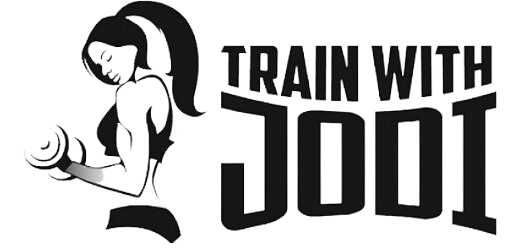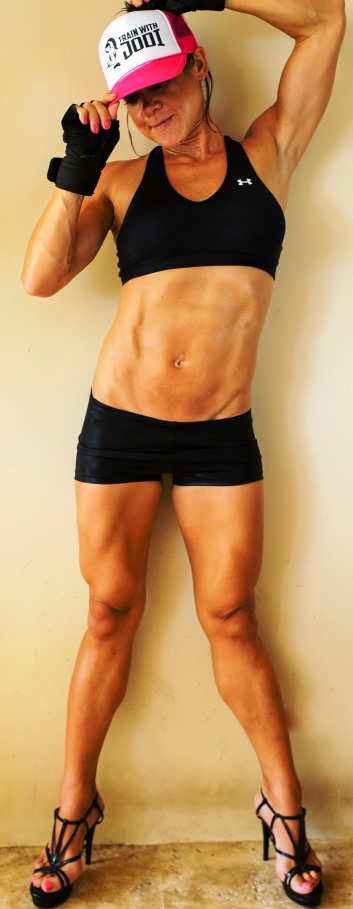Squats!
Ah, every woman (and man) knows that in order to get that great booty, she or he needs to incorporate squats! But how do you do them? Is there one way that is better than another? Can you be doing them wrong? Can you make some adjustments in your technique to gain more bang for your buck? Well, the short answer is a definite YES!
In my video tutorial below, I demonstrate how to properly do a squat using any size dumbbell weights. Of course, you could definitely do this with a bar or squat rack or smith machine, too.
The Full Squat
There is simply no other exercise, and certainly no machine, that:
- produces the level of central nervous system activity,
- improved balance and coordination,
- skeletal loading and bone density,
- muscular stimulation and growth,
- connective tissue stress and strength,
- psychological demand and toughness, and
- overall systemic conditioning …….as the correctly performed full squat.
Video guidelines:
Key points:
- Head facing forward, chest up
- Place your feet shoulder width apart.
- Back straight (squeeze shoulder blades back and down)
- Abs pulled in and engaged
- Legs are parallel (same gap width kept throughout the whole movement)
- Weight on heels
- Knees never extend past the toes
- Sit back to the height of a chair.
- Keep your head facing forward, as you drive your hips back, allowing your lower back to arch slightly without round of the upper back/shoulders. Keep eyes forward and down.
- Press through your heels!
- Hips and shoulders rise at the same pace (never let hips rise faster [which would produce a forward lean])
Is Your Lower Back Rounding at the Bottom?
If your lower back is rounding (also called butt wink), this is not a huge problem but can be corrected. The arching stems from over-tight hamstring pulling at your weak spinal muscles.
What you can do:
- Work on calf and hamstring flexibility
- Do NOT go up on your tiptoes
- Warming up thoroughly
Deep Squats VS. Partial Squats
But, deep squats are bad for the knees, right? No!
Partial squats, however, are…
and, in addition, partial squats will NOT activate the hamstrings. When doing a partial squat, the amount of force on the patellar tendon increases exponentially. If you continue to do partial squats, your quadriceps will become disproportionately strong compared to your hamstrings and will result in fatigue, damage, and muscle imbalances (to name a few).
Thus, the best rule of thumb: if it’s too heavy to squat to below parallel, its too heavy to be squatting…… lower your weight!




